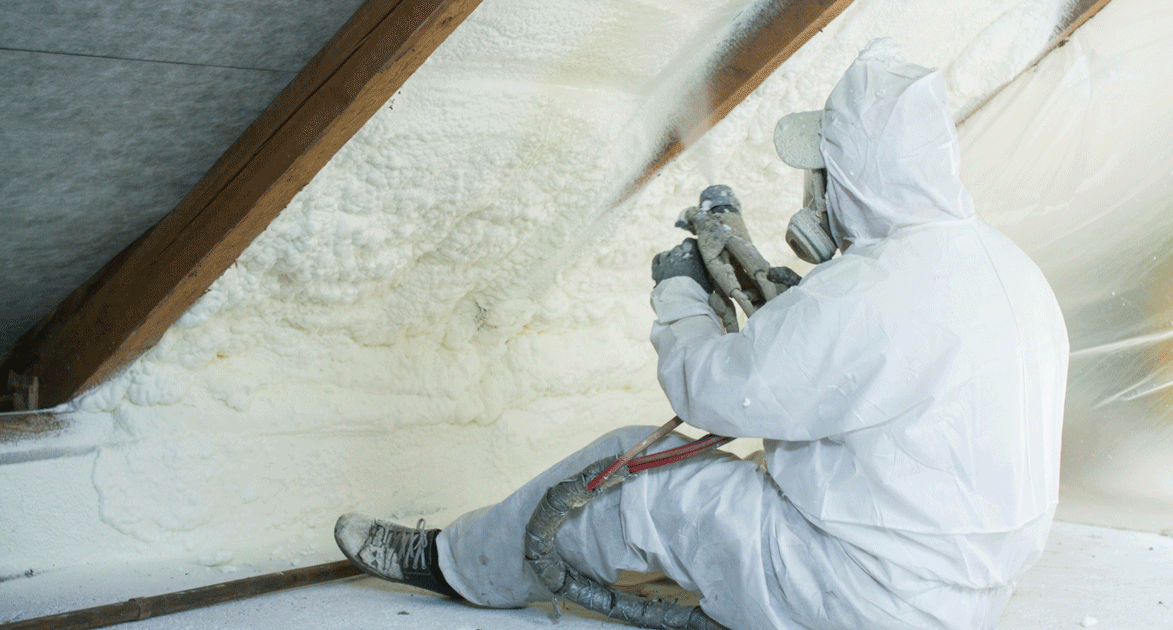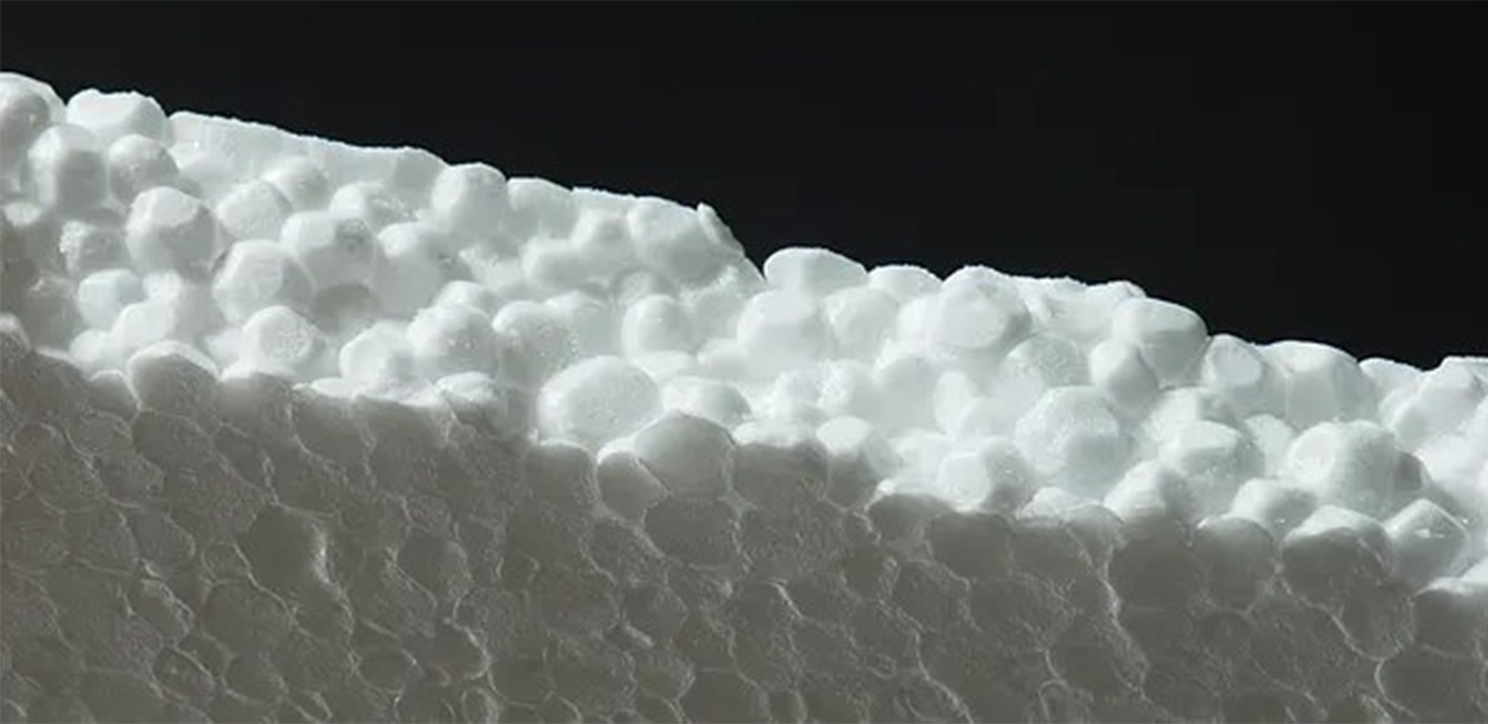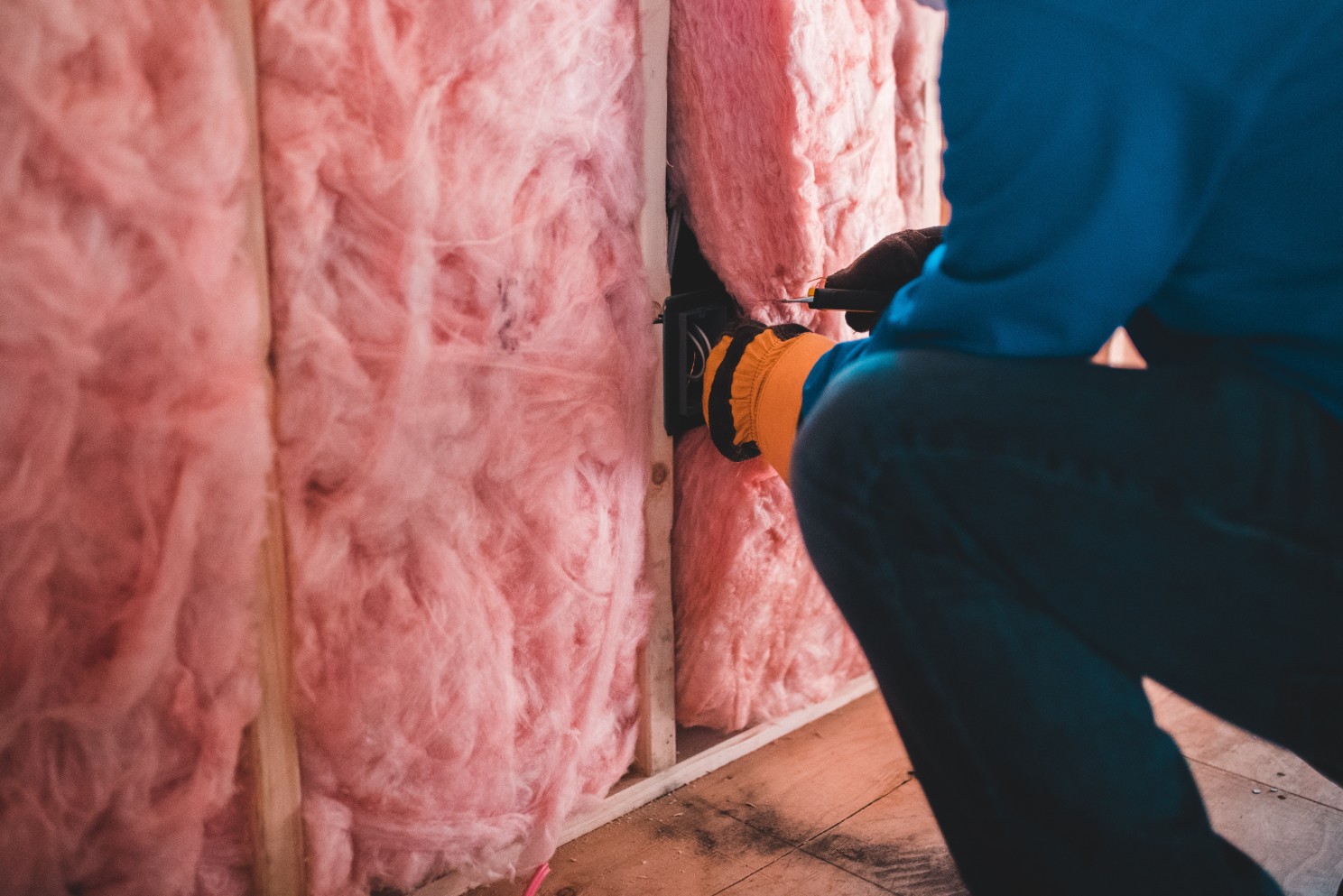Why Should I Insulate my Container?
Insulation within your shipping container or converted container is important for a number of reasons. The first, of course, is for comfort. Imagine working in your container office with its bare metal walls in the middle of winter. You would need heaters turned on and this in turn would increase your heating bill. It’s also important to insulate shipping containers in order to stop condensation building up which can damage any work equipment or stored goods inside.
Luckily, insulation methods for containers are just the same as in many other buildings. Here are some of the most common ways of insulating your container today!
What Is Insulation?
All building are insulated in some form or another. Even if you have thin walls, this still provides some form of protection from the elements. But thin walls, although better than nothing, will not provide much of a defense against the weather. While the air from outside cannot actively blow inside, the warm air inside will escape causing cold air to enter wherever it can.
Shipping containers were originally built to carry goods on the sea and not to be stationary storage or housing units, thus, they are poorly insulated. As well as this, the steel construction means the cold is much more biting than it would usually be.
It is important to ask yourself if your container needs insulation or not. Do people use the container? Would it matter if items in the shipping container got damp? Will insulating the container have a lasting positive effect on how you utilize it? Below are some common methods to insulate that you can look into
Styrofoam: Ideal for Basic Storage Containers
Polystyrene (Styrofoam) is quick and easy to install and is an inexpensive way to add basic insulation to storage containers, with the added bonus of helping with sound deadening. Using Styrofoam as insulation does not require removing stud walls to secure the panels.
Panels are glued directly to the wall of the shipping container or mounted on poles making it the most economical method of insulation. This would be ideal for container storage for things like gardening equipment, motor cycles (motorbikes), small machinery or tools.
Batt Insulation: Offices
Insulation batting is made of finely woven fiberglass, mineral wool, or synthetic fiber. The pink material you may have seen in attics. This is the industry standard for home and office construction. Once the shipping container’s interior wood frame is in place, the insulation batt is installed and hidden behind a vapor barrier and plywood paneling. While the insulation itself is cheap, framing and plywood add extra cost. Over time however, this initial cost will be recovered from lower energy bills. This form of container insulation would be useful for working in an office setting, be suitable for a workshop or as a small business like a coffee shop or hut.
Spray Foam : Temperature Sensitive Storage
Insulation made of spray foam expands slightly and sets into a hard, water-resistant covering when sprayed onto interior surfaces. Spray foam sticks to the walls of the shipping container, so it doesn’t need to be framed, even though it doesn’t look good on its own. Customers who want a climate-controlled, purely functional space for temperature-sensitive equipment will occasionally choose spray foam without any additional finish. However, there are interior finishes available to cover spray foam, such as plywood or aluminum walls.
Spray foam has many advantage such as sound dampening, it wont settle and it can resist mold and bacteria, but it is also the most expensive option due to the special equipment required for installation. Spray foam is ideal for enclosing assets like paper documents, certain kinds of equipment, and computers that are sensitive to temperature.

As you can see above, insulating your container can have long lasting positive effects on the items stored in your container or on the people working inside a converted container. The process is relatively cheap and is advised if you wish to gain the most value from your container.
Hire or Buy a Container or a Converted Container
Contain Yourself is a leading supplier of storage containers for all applications in Ireland Nationwide. Our range of bespoke storage containers can be bought or rented and are suitable for a range of different uses. From general safe storage to on-site office units, converted storage containers, and more. We offer a wide range of storage containers to suit your needs perfectly. With great prices and flexible delivery offered, you can trust a great service and high-quality storage container product with Contain Yourself.
Contact us on 0818 306060 to organize to talk about what you may need or to arrange a viewing of our containers.
Email: info@containyourself.ie
Phone: Click here to call





